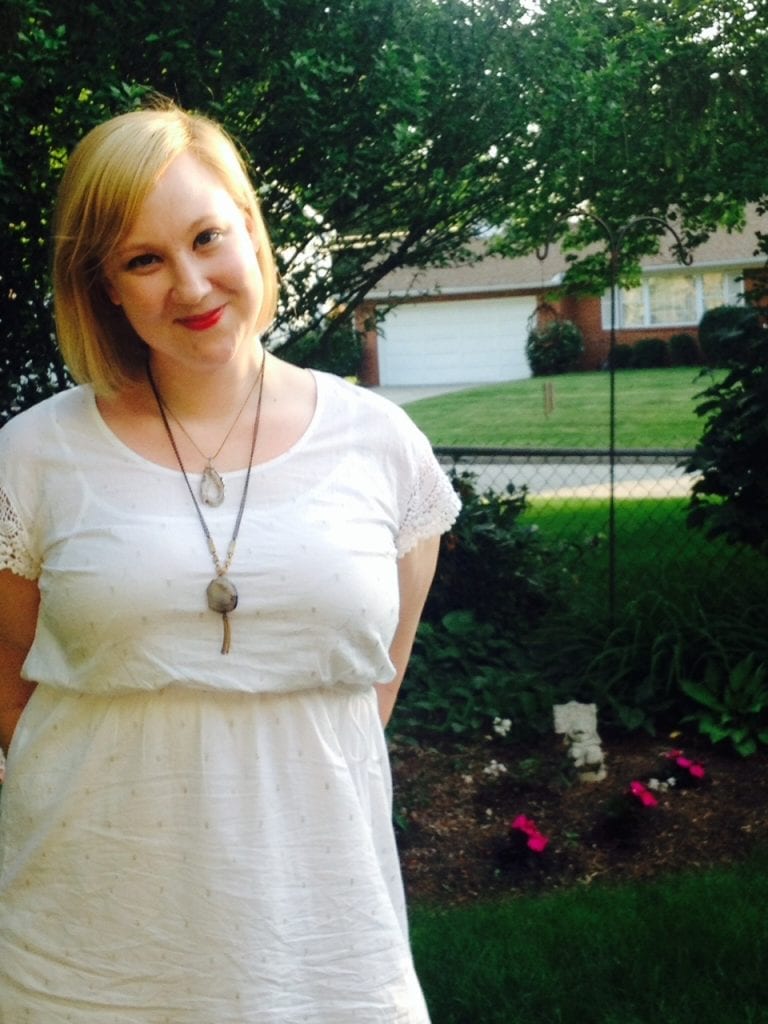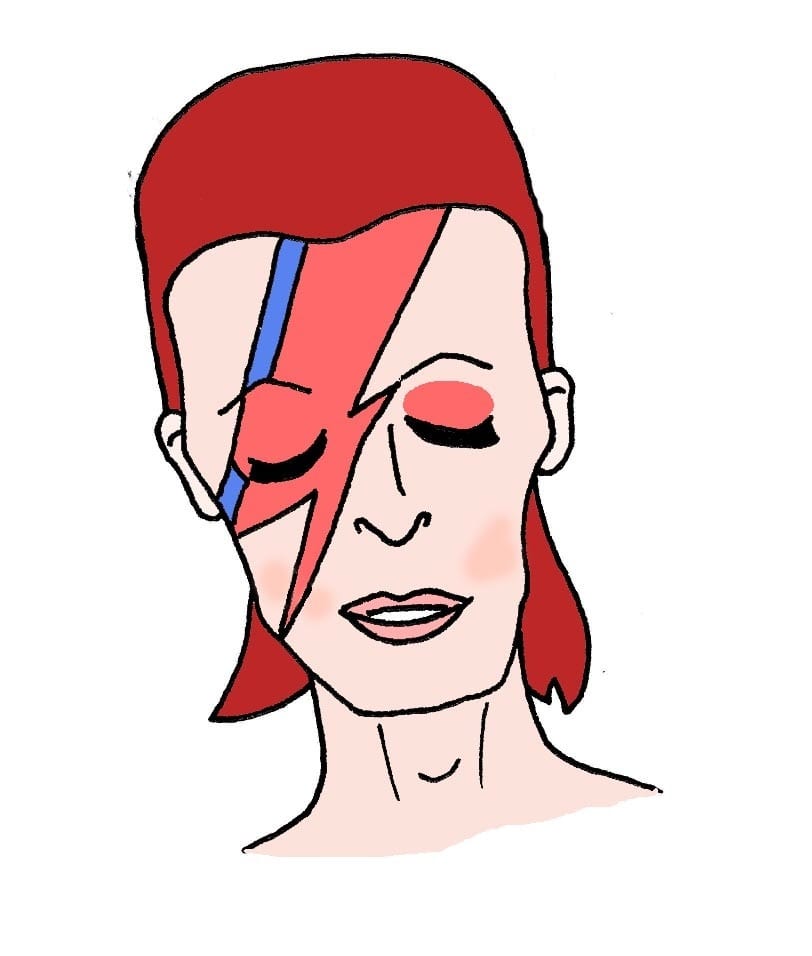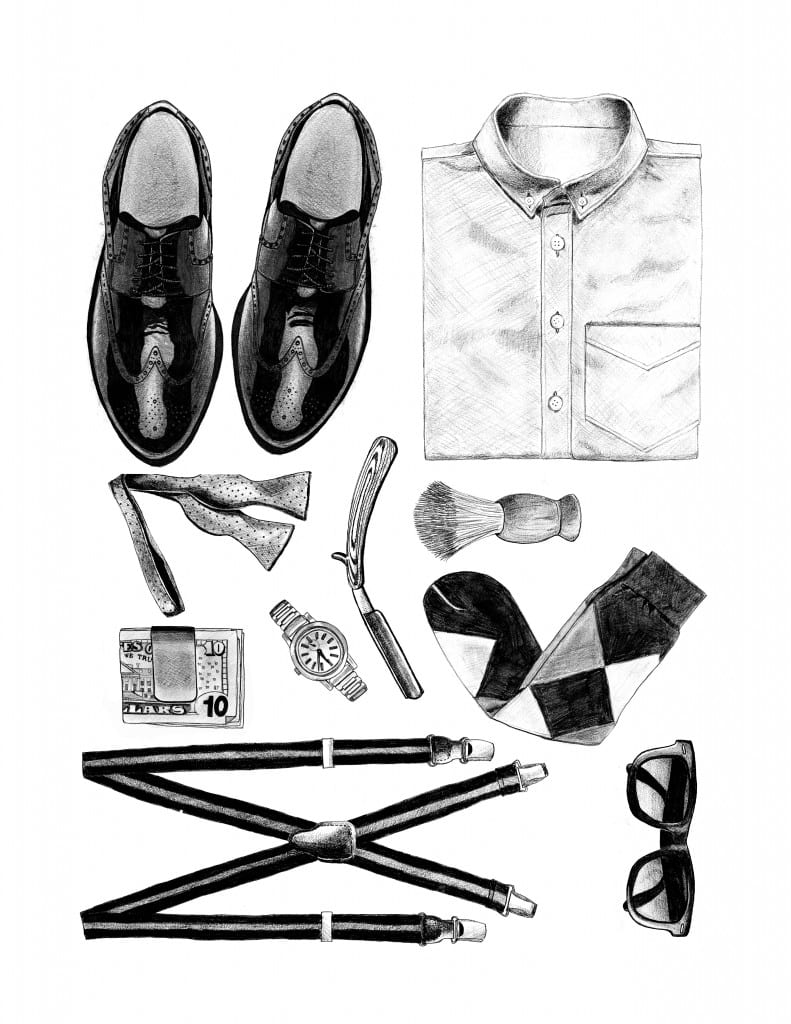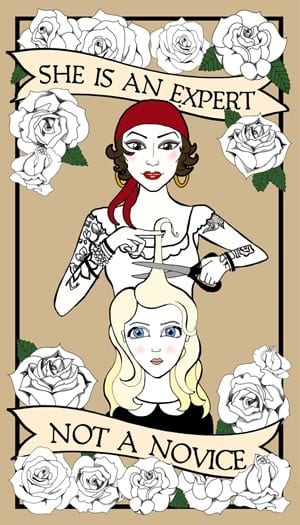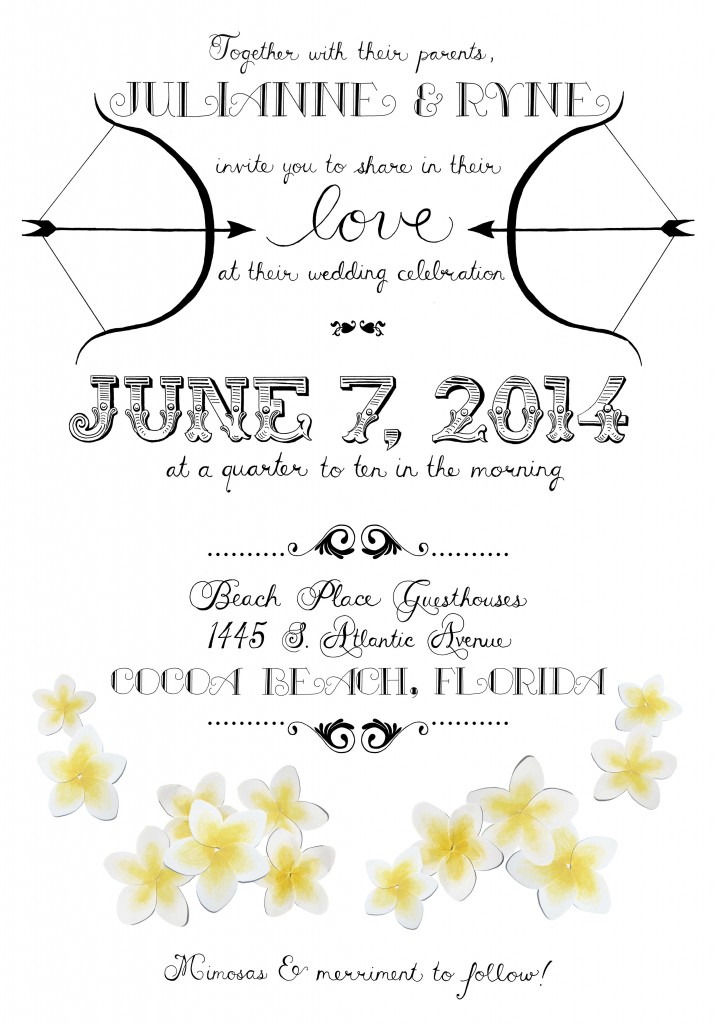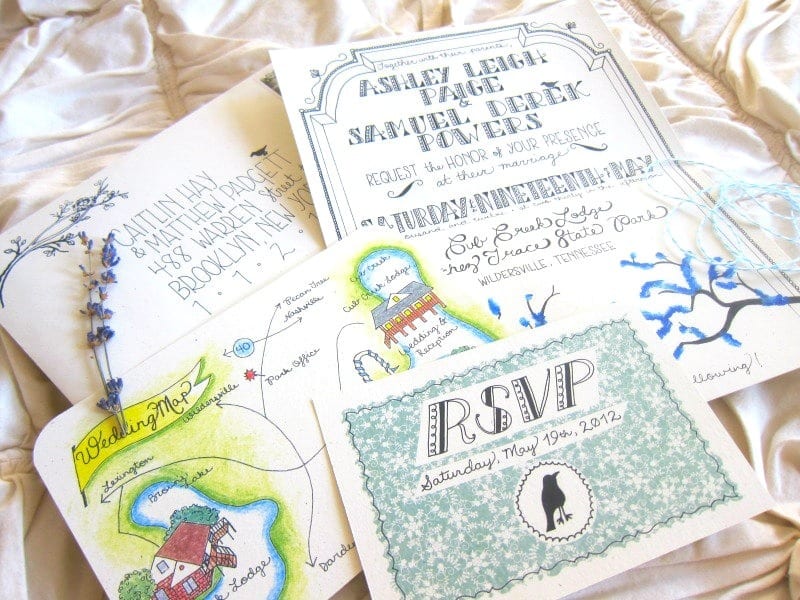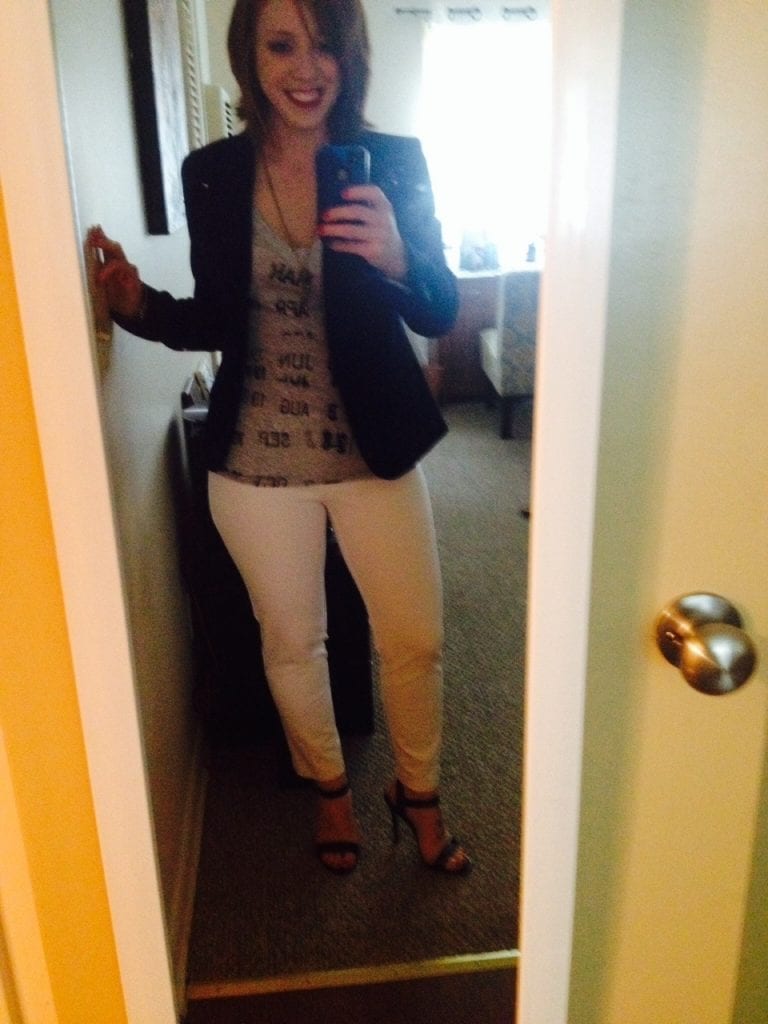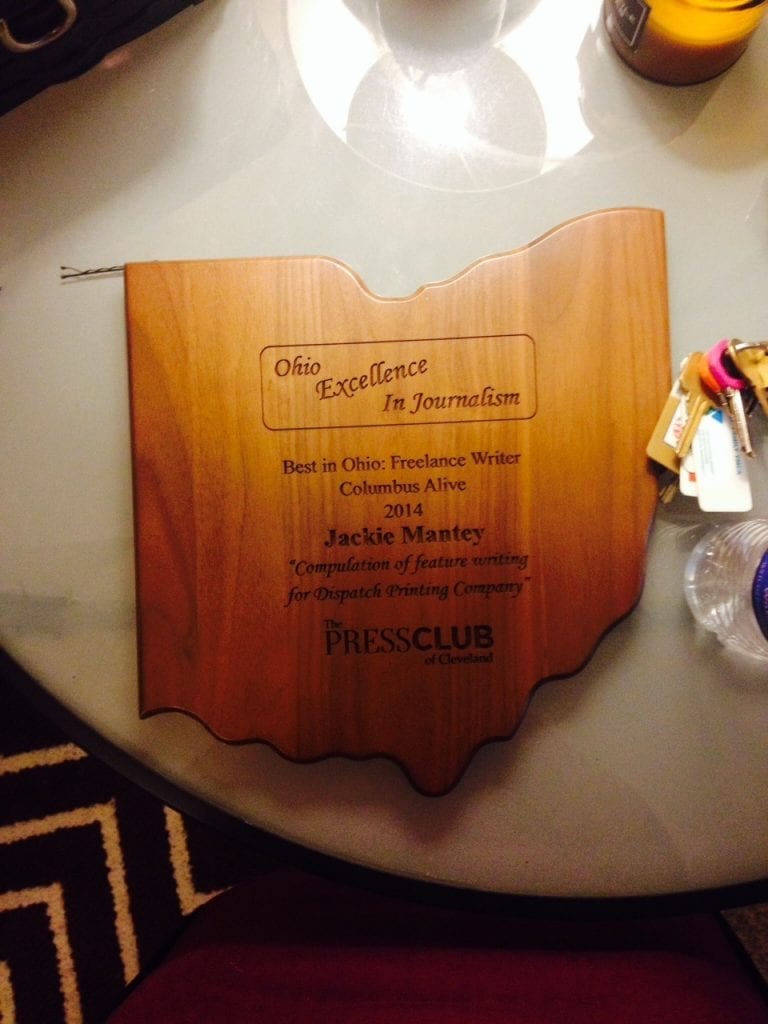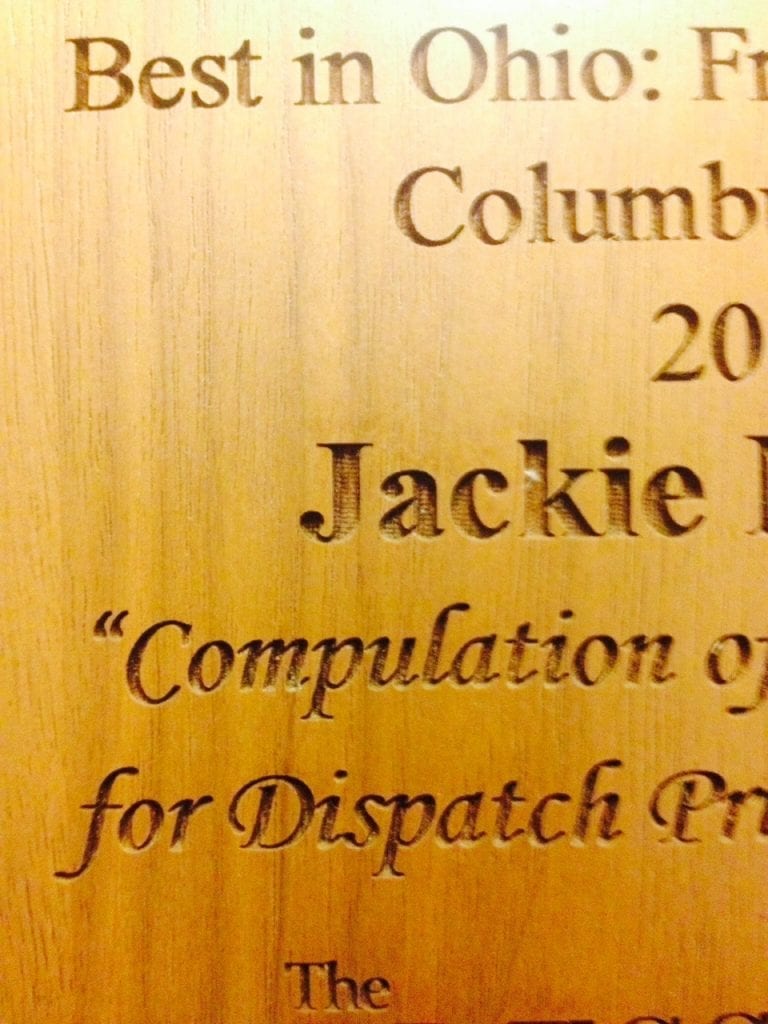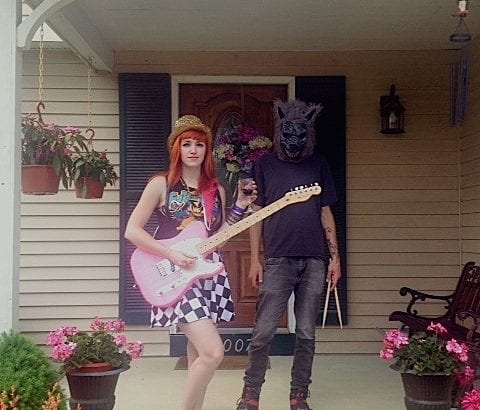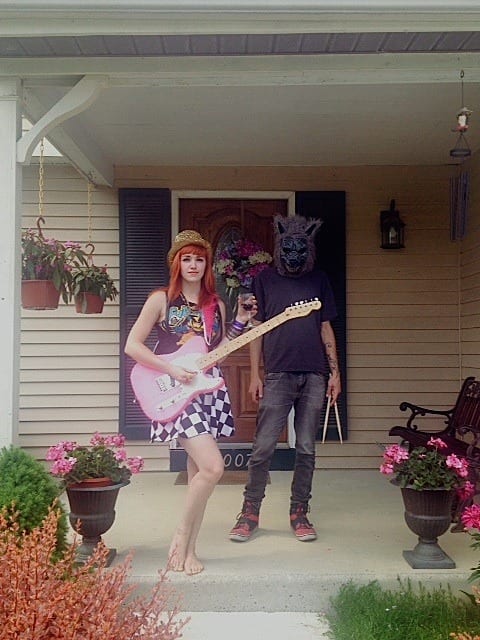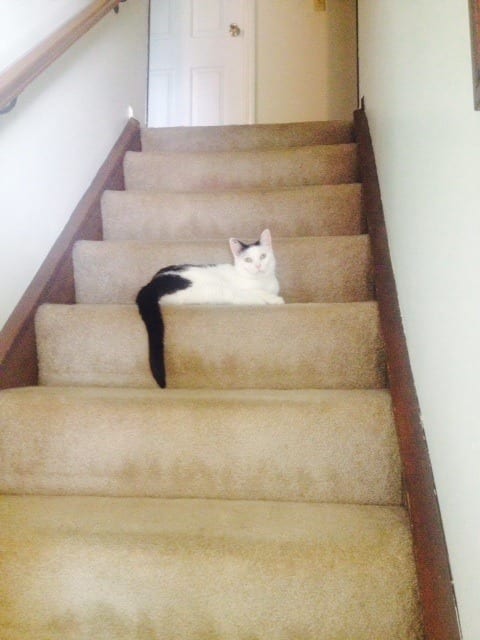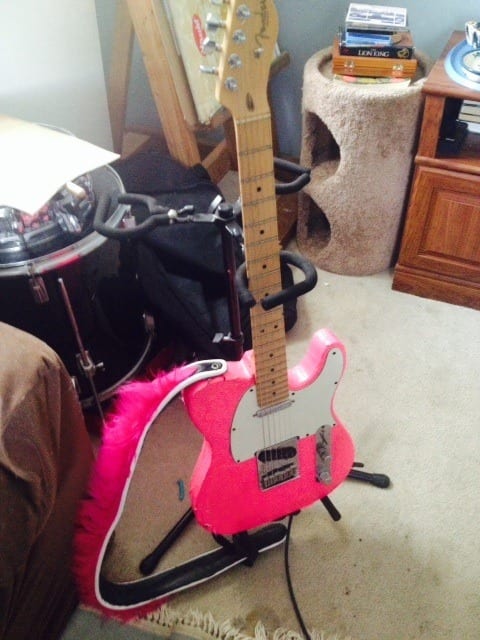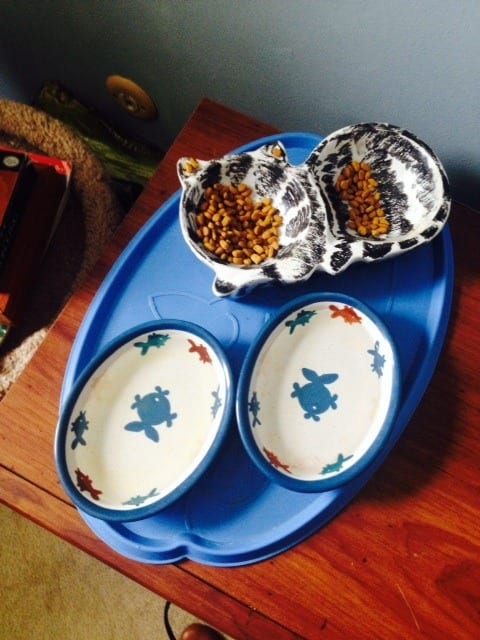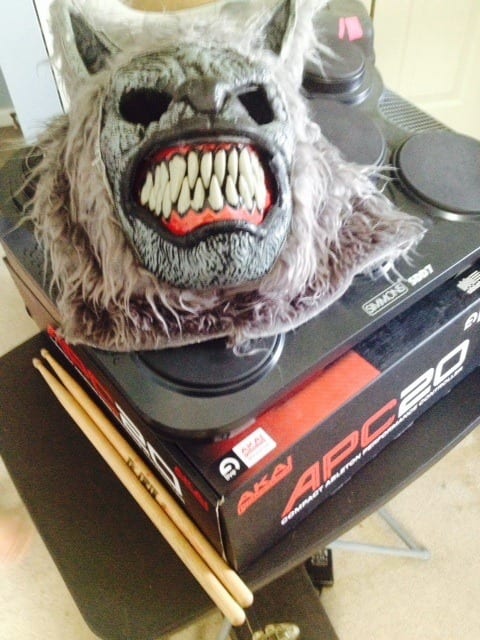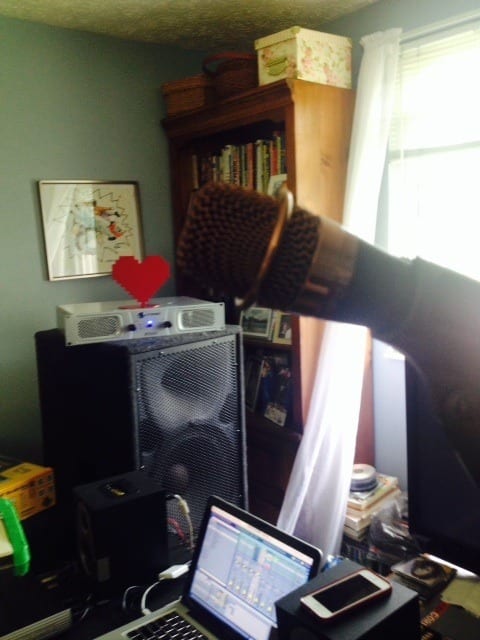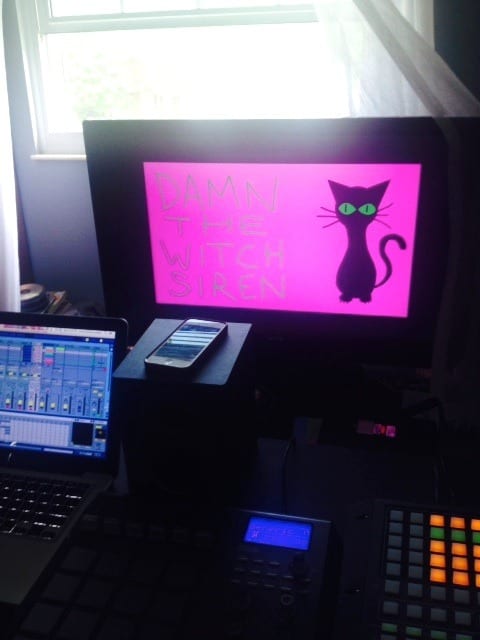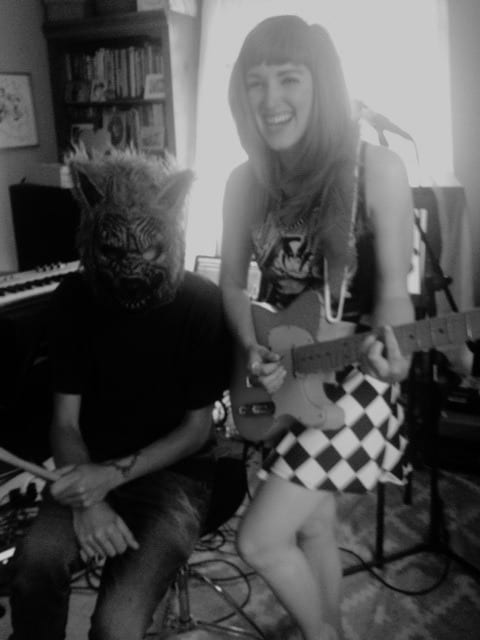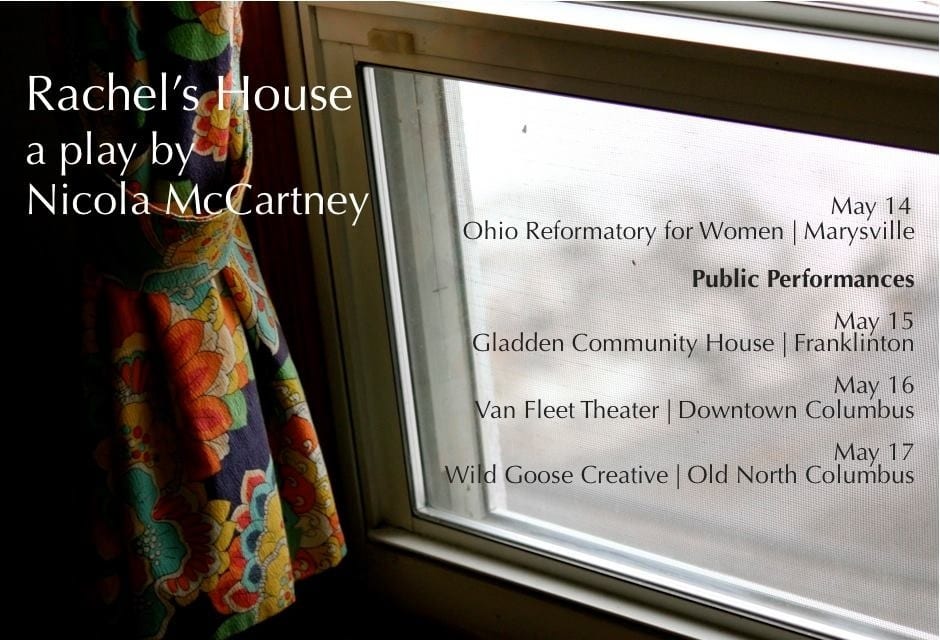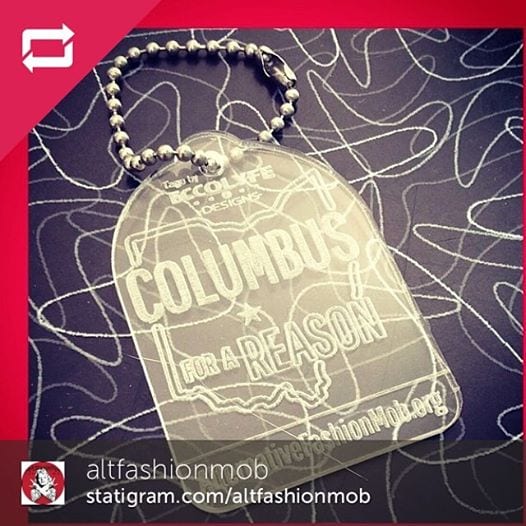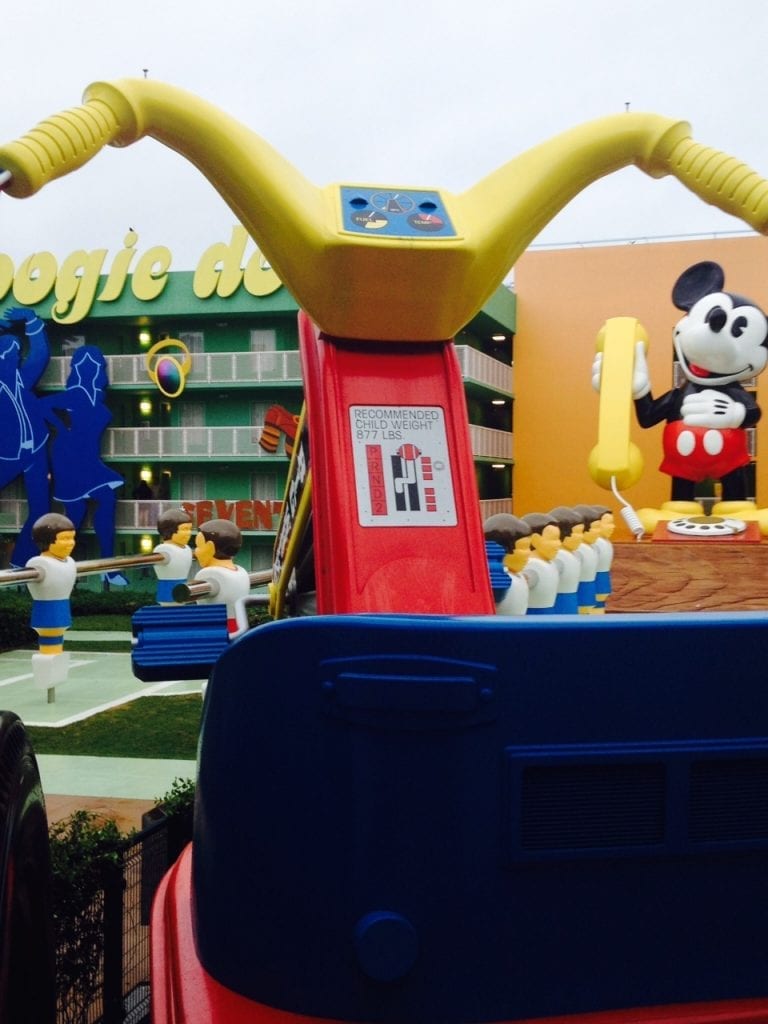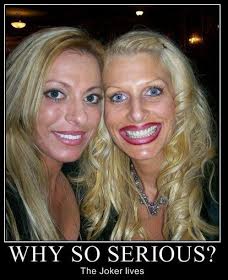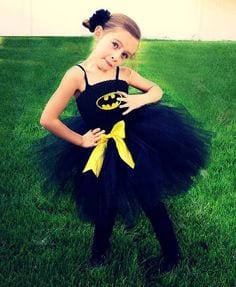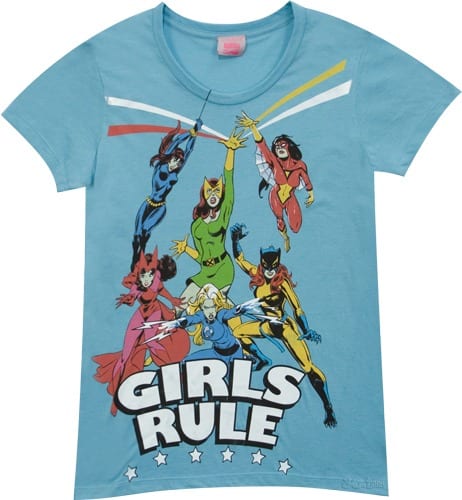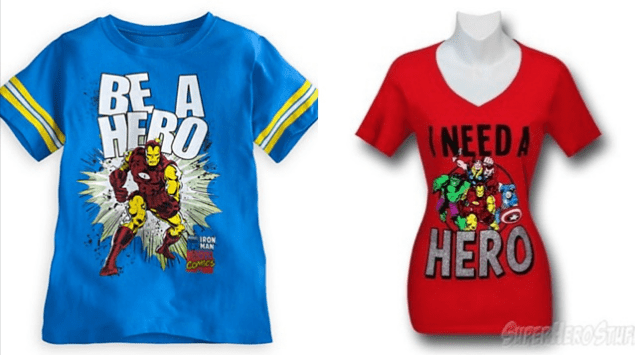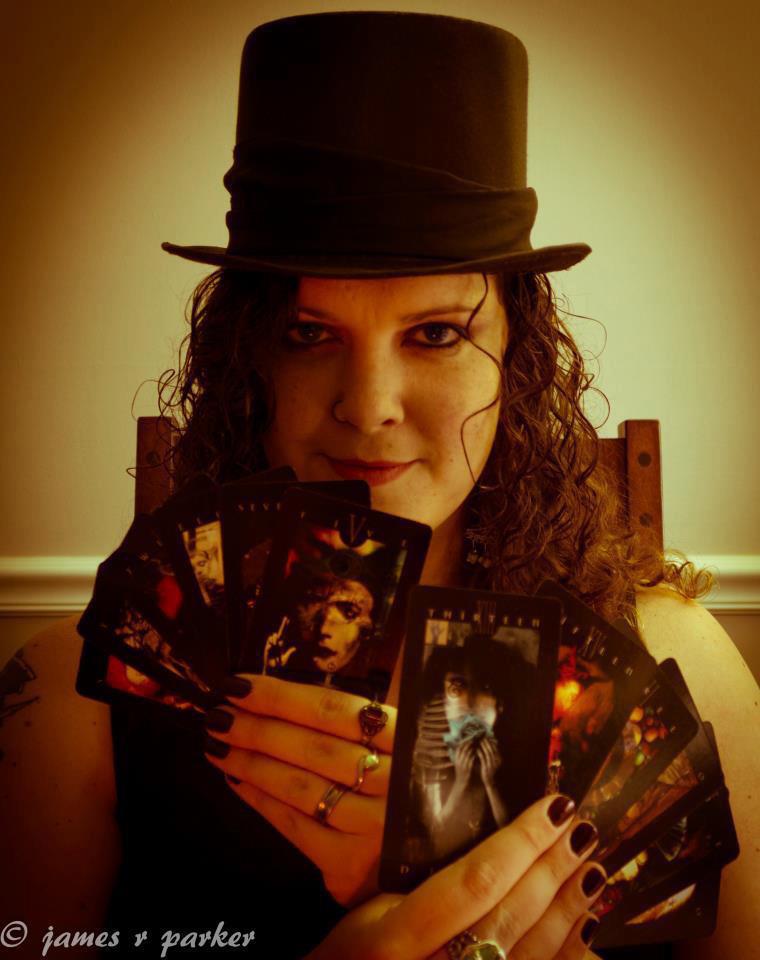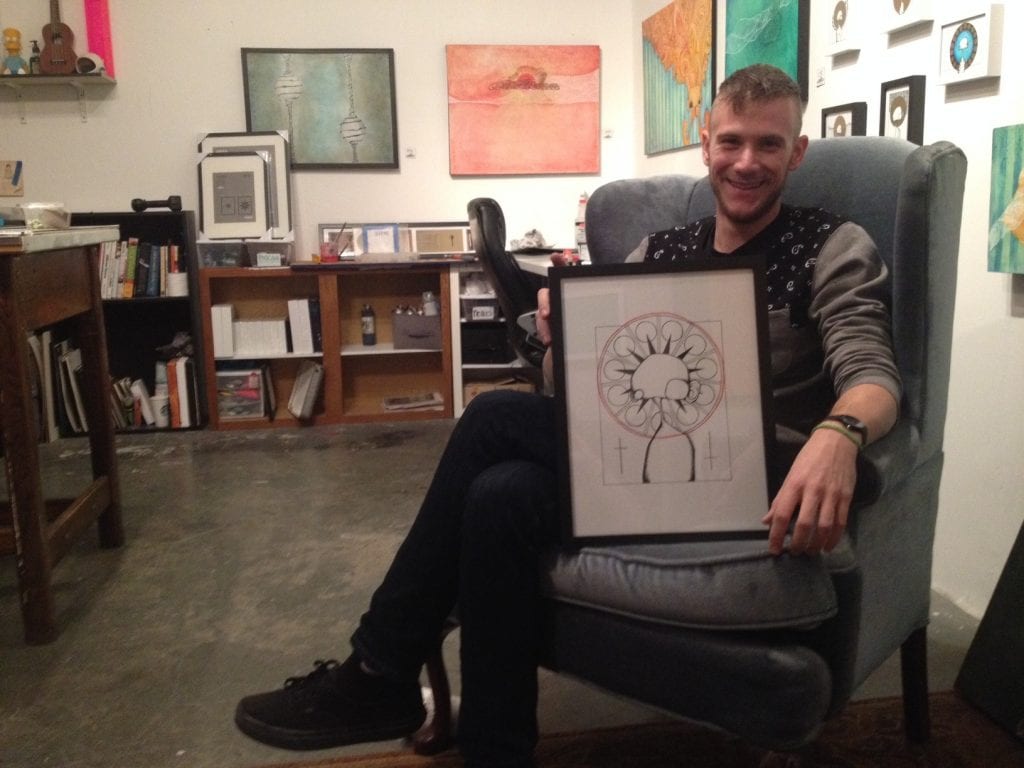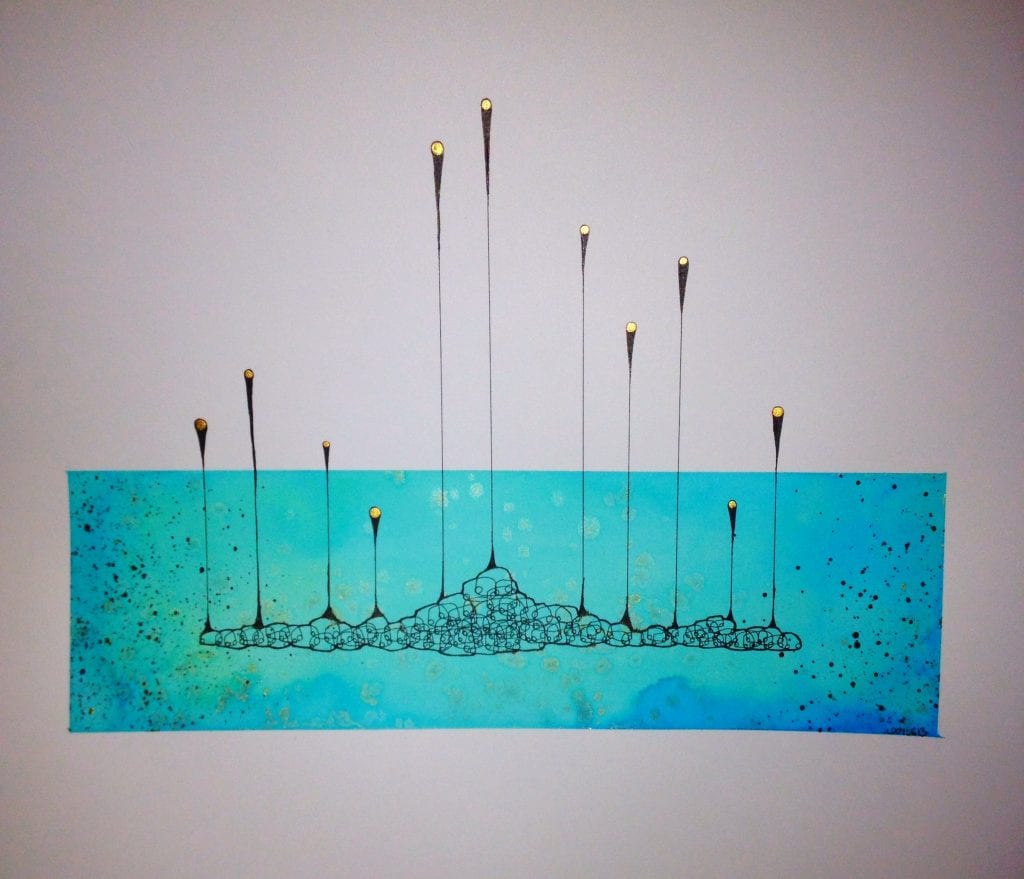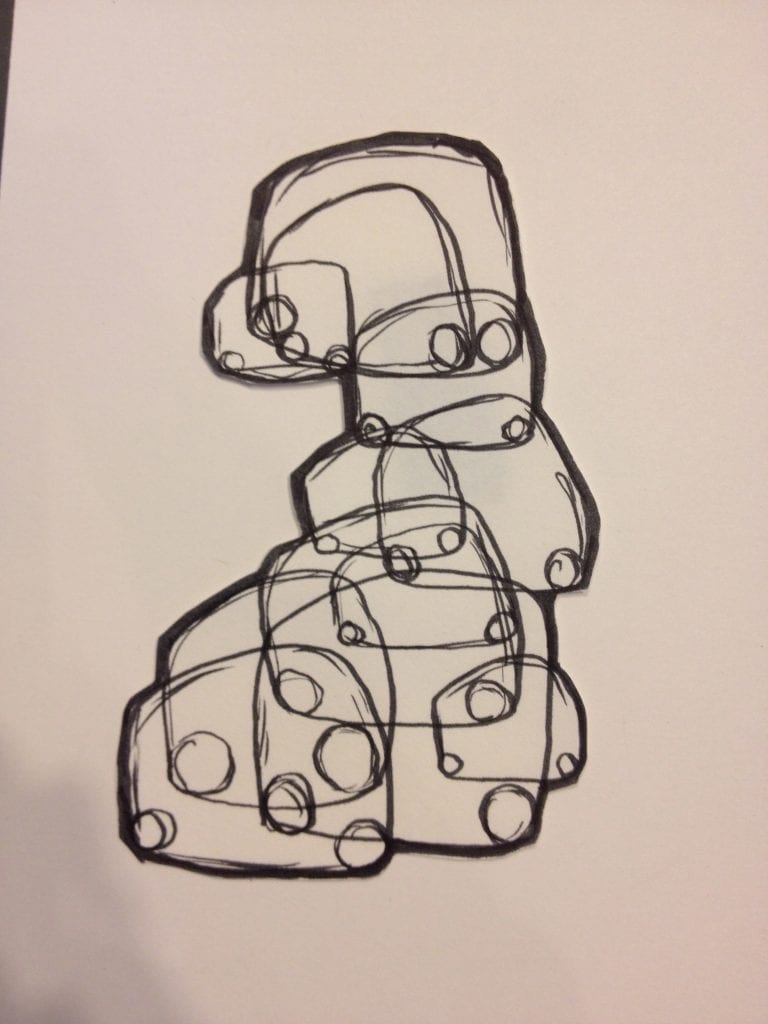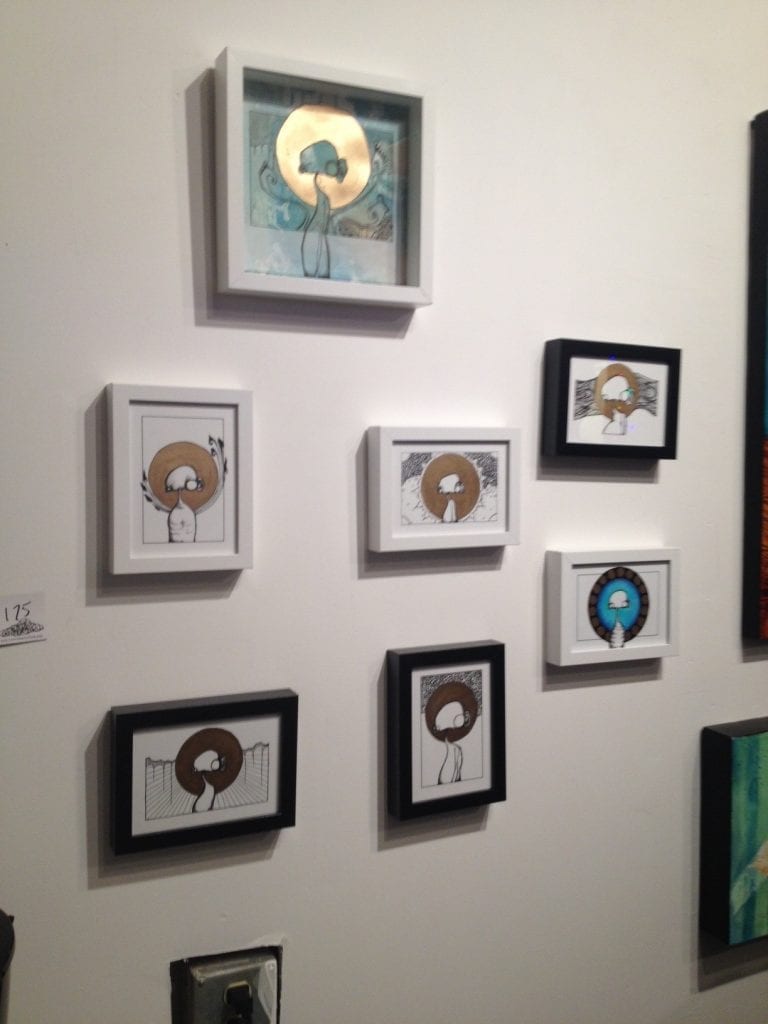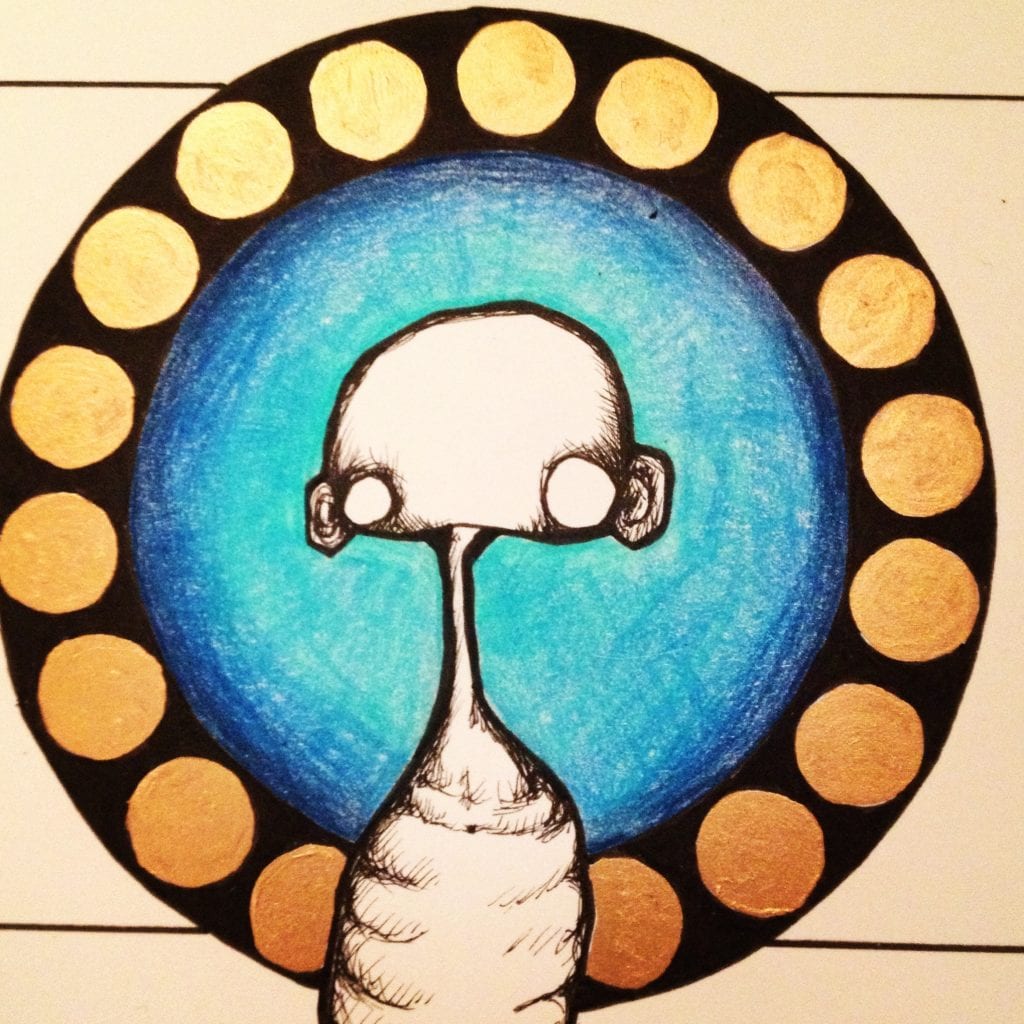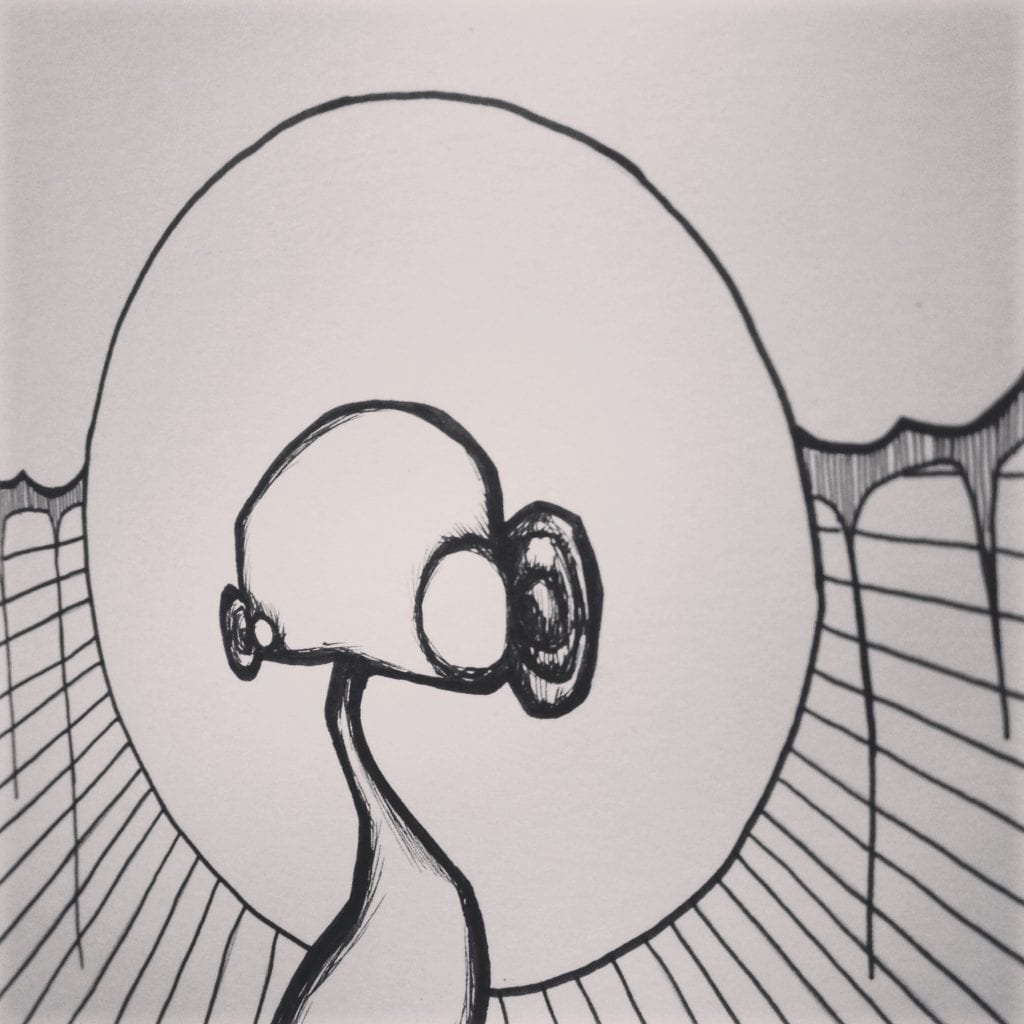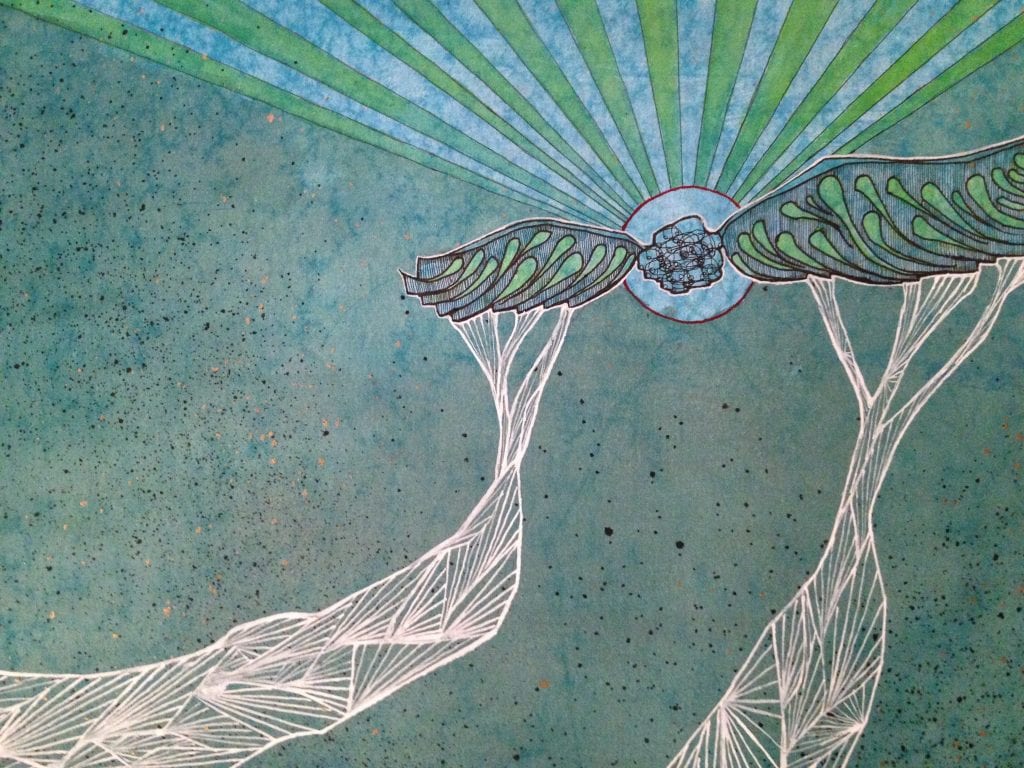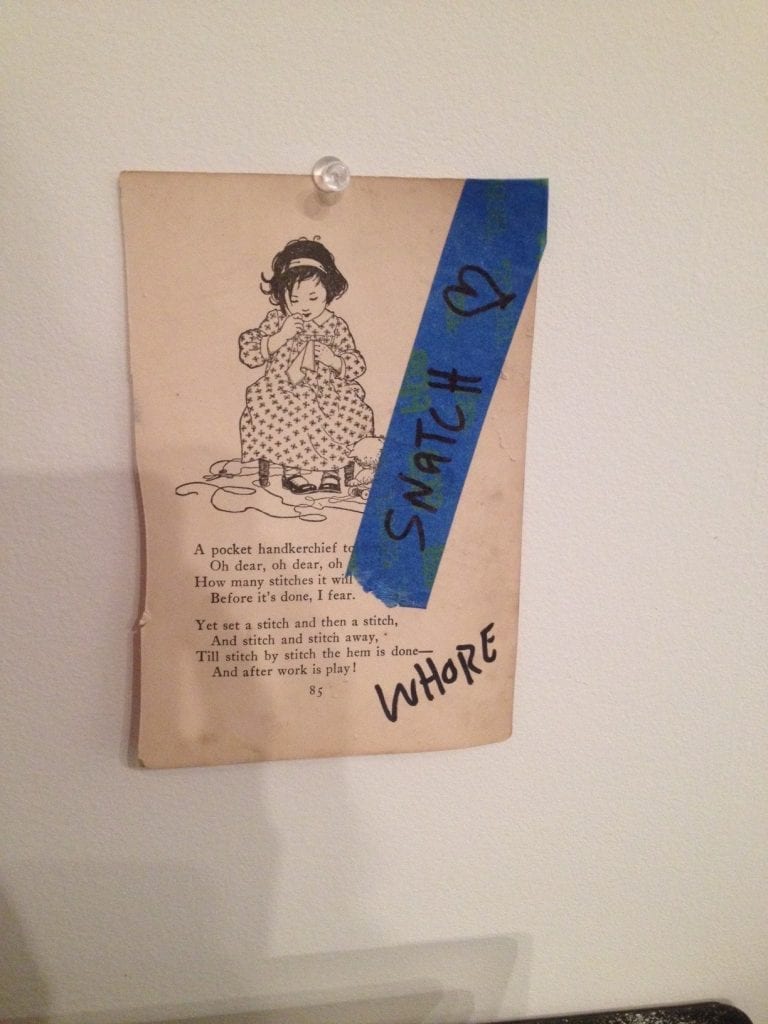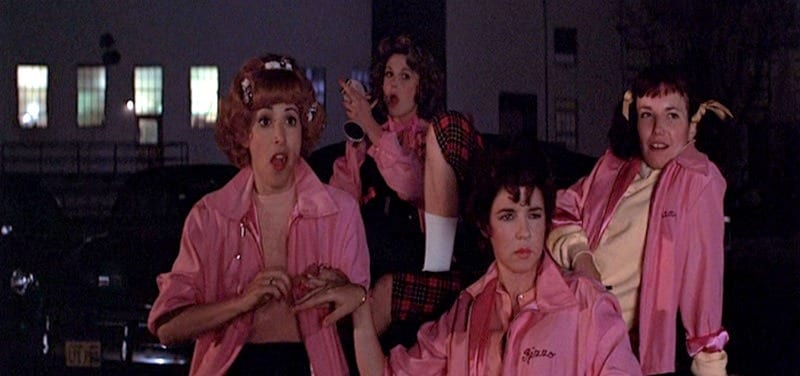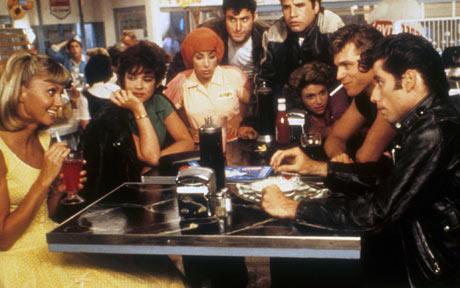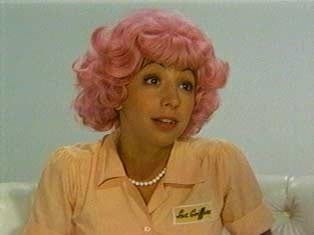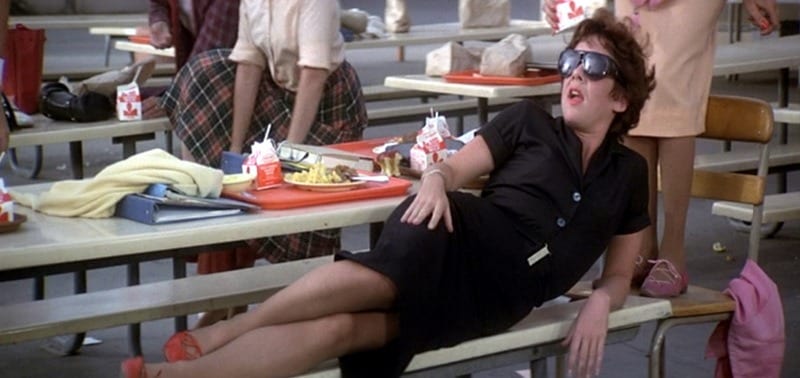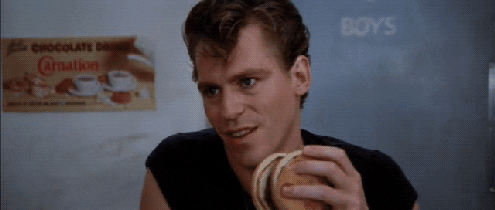Oh, regular reader, you’ll notice this blergh’s got a brand new look. That’s thanks to this lady.
I met Caitlin Hay at The Candle Lab, where we both worked. She is deliciously honest. She’s also a great illustrator.
After moving back to Columbus, her hometown, following nearly a decade in the Big Apple (more on why she made the move soon), she decided to launch her own custom illustration business, Caitlin Hay Ink to Paper.
The business has been going strong for one year this month. In addition to her very detailed typography work — a real strong suit for her work — she spends a lot of time getting to know her clients or, because she gets a lot of commissioned work for wedding gifts, the people her work is for.
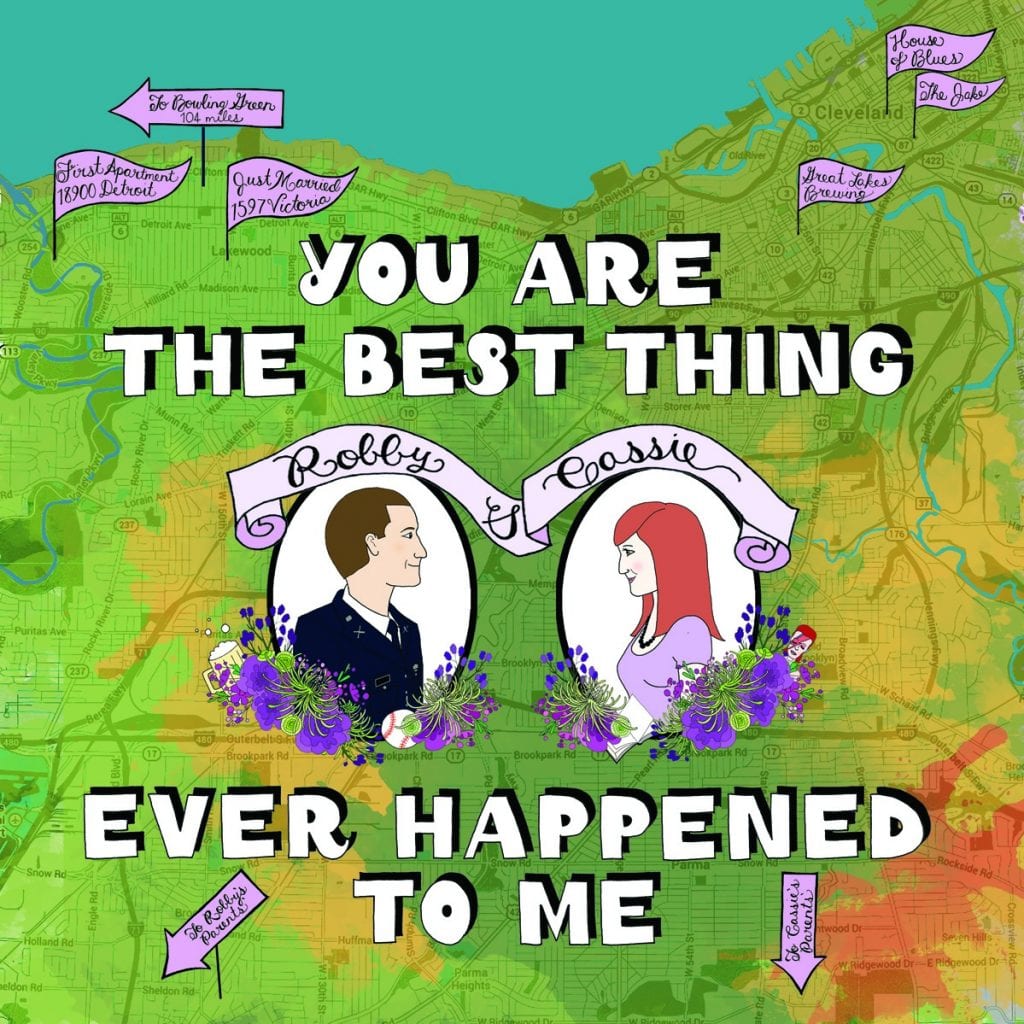
I had to fill out a questionnaire about my interests before she even got started on my Medusa meets Marie Antoinette meets me logo.
Congratulations on a year of business, Caitlin! In your honor, I ask you very personal questions about your art, running a business in Columbus, and why Shaq is awesome.
(deconstructed bride and groom)
Has art always been something you’ve felt compelled to do?
I drew a lot when I was young. I used to draw fake architectural plans when I was little. I would imagine the inside of houses and draw that. I remember a friend of mine and I used to sit at the kitchen table and we would draw every single person in our class, with their names written below. Fifth or sixth grade. Maybe even younger. It was almost like as important writing their name below each person.
I’ve always been really into handwriting and I remember I got reprimanded in first grade for writing in cursive. They asked me, “Please don’t write in cursive anymore. You’ll learn cursive next year.” But I just remember thinking, “Oh! I can’t wait to do it.” I’ve just always seen handwriting as art and so mostly what I would do when I was younger was write words and names and names of places. Really typography brought me to more of the illustration stuff.
When I was a teenager I stopped doing all of those things. I stopped being artistic at all. I started getting into sports and friends and boys. But I didn’t think about drawing as a career or a path for education at all. I actually wanted to be a writer and I did a lot of writing when I was younger. I actually began school as a journalism major and then I sort of realized that that probably who I wanted to be. I was bored of it. Gathering information is fun but the reporting wasn’t as fun to me and I wasn’t good at coming up with ideas of what to write about. Honestly, I don’t think I was mature enough for college yet. I wasn’t into it, so I took a break. I didn’t go to school at all for a while.
Then I saw “Lost in Translation” and that made me want to go to film school. The subtlety of it. The entire movie happens between the lines of what is shown on the screen and that’s what it’s about. The whole ending where he whispers in her ear. You don’t even know what he says and that’s the big climax of the movie and it’s fine. You don’t need to know what he says, you get the message. … I remember watching that movie and then driving around Columbus afterward.
I was a 19 year old hostess at the Buckeye Hall of Fame Cafe and I thought to myself, there’s so much more that I could be doing with this seed that’s inside of me. I know I could produce something beautiful but I want it to mean something. That’s kind of been my whole struggle in life. I want to make something that I can make that is meaningful to me but also meaningful to other people. And I thought, when I saw that movie, that’s how I’m going to do that.
So you decided to go to film school?
I had to quickly create an art portfolio in order to apply to film school. And I didn’t even take art in high school at all. In my group of friends I was the dramatic, poetic, writerly one. We already had an artistic girl in our group. I was that archetype and it never occurred to me, hey, maybe I could be an artist too.
I took continuing education at CCAD. At 19 I started learning actual techniques. I took two classes. I did a color theory class where we did shading and still lifes and color wheels, things like that. And that was pretty easy because it was following instructions and I’m good at that. But my figure drawing class was a bunch of people in a room with easels and a naked person in the center and we’re supposed to draw them, and our teacher taught us to look at the inside of the figure and where the light hits it and see those little shapes and start from the inside out. So I saw it like, here’s this woman’s rib as it’s hitting the side of her body and where the light is hitting it looks like a somewhat darker triangle than the rest of what’s around. … In the end it looked like a Picasso. Everything was mangled. It was a complete cluster fuck. He pulled me aside one day, he came up to my easel, and started laughing! … What he was trying to do was get us to draw something that had depth to it rather than the outline of a person. So he taught me another method and all of the sudden it was like bam. And I suddenly was exceptional at figure drawing. If you were naked right now I could draw the shit out of you.
What he told me was to get the proportions right, it’s OK to start with an edge. You can start with whatever edge appeals to you. So let’s say I want to start with your shoulder, so draw the line of the shoulder on the outside and exactly what shape it is. Then look for a line that’s on the other side of the body and down a little bit, where you also see another edge that looks like it’s kind of the same angle of the line you just drew. Then connect those two lines. So I would draw the outside of the shoulder and get real light with it and then draw all the way through and then start drawing the hip. Then maybe start with her armpit and draw down to the side of her stomach. In the end you have all these lines that are connecting it. Your body is connected. If your left shoulder is cocked, then your right hip will be cocked because your body is connected by the spinal cord. So it looks three dimensional even though I wasn’t trying. It would just start to happen. I’ll never forget it. I wish that there were more instances where I could employ that technique. There’s not a lot else in the world that is built from the inside out like a human. … That was the first instance where I was like, “Hey I might actually be good at this. And I might not actually hate it.”
Did you like art school?
I went to school for film at Massachusetts College of Art and Design and I took my core drawing classes and found them mostly to be tedious and boring. The content and the materials were things I wasn’t always comfortable with. I don’t use any crazy materials now. One time they had us use guache, but I’m not a painter so I would get frustrated because I would not be super great with my first painting ever. But it was due the next day. So I’d stay up all night and get frustrated. I don’t remember a lot of the work I did then. … I didn’t like the work I was doing because I wasn’t confident as an artist. Everything I did positively reeked of me. No matter what I touched, I would see something in my brain, but it would come out looking like I did it. I would have these grand ideas. I think I have now found the thing I’m OK with positively reeking of me. I’m not going to be able to do ghostly images and spooky, but if you want me to draw something exactly how it looks, then I got you. But in a whimsical way.
How’d you end up in New York?
I moved to New York with a man. He was going to grad school so it made sense for us to be together there and it made sense for me for film. I could go to LA or New York. I ended up working as a digital media coordinator at a post production house for an advertising agency. … It wasn’t creative but I liked it because I worked with creative people. Lots of film kids. Really nice job perks. That’s how they keep you in New York. Your life is so hard all the time because you’re struggling constantly and they don’t really pay you that much, but then they’ll, like, feed you.
How is being an artist in Columbus different from being an artist in New York?
Being an artist in Columbus gives you this really close knit supportive artist community. Here I feel like people have been more supportive of what I do than I ever could have imagined. Everything I turn out people get really excited about. There are so many smart, bright, talented people doing interesting stuff here in the arts. But in New York there’s so many, it’s hard to stand out. And I feel like people kind of want to pull you down there a little bit. I do miss New York, but I also feel I wouldn’t be as successful there as I am here. Here we all really like each other. I’ve met so many interesting people.
What I do is a niche thing and doing that here people recognize its uniqueness, whereas in New York there probably are a billion people doing this. Me standing out there is probably not going to happen.
What is the ratio of work you are doing?
About 50 percent wedding stuff. And that ranges from personalized wedding gifts for people, like illustrations other people commission to give as gifts, to invitations and any kind of signage. The rest of the time I’m doing small business art, logos, website stuff. I also make cards and things like that when I feel like it and sell those.
The balance is what’s important. And I like that I can do both. Typography comes more naturally to me because it’s really just a series of lines. People say all the time, “I wish I could draw! I don’t have a creative bone in my body.” … But you don’t really need training to draw a series of lines. You just have to be thoughtful about where you put them, and I think what it comes down to a lot of the time is just tedium. And tedium is something I really like. It’s therapeutic kind of. All drawing is is patience. … It’s comforting to know you do something well, too.
If you weren’t afraid or you knew you would succeed what would you do?
Casting director.
How did you start into typography?
When I was working at iPatch, that job lent itself to some typography type stuff and people started to notice little notes I would leave for people and comment on how good my handwriting was. … One day I decided, I remember I was on the subway, and I thought, “I think I should make my best friend’s wedding invitations.” I knew that she was doing a lot of DIY stuff for her wedding. So I asked her as a gift if I could make her wedding invitations. I started working on them with no intention of turning it into anything other than that job, but I worked on them at work and people started noticing and talking about them a lot. There was one girl in particular who also had super perfectionistic handwriting and a wonderful artistic spirit, her name is Moitri, She was a dear friend to me and she would sit at my desk and we would draw together. She’d always encourage me to do this. She planted a seed. She encouraged me to step out of the box and turn it into something. That was two and a half years ago.
What is challenging about creating other business’ logos?
A logo’s really important. It’s going to be printed all over your entire life. It’s a lot of pressure. I’ve had hits and misses. I’ve had people who didn’t really know what they wanted, I’ve done something, and they loved it. I’ve also had clients who said it was close but it wasn’t quite right but couldn’t tell me what they wanted. … Art is personal, so I kind of take it personally when someone doesn’t like it. But I try not to. It’s business.
What are the pros and cons of being a freelancer?
I don’t consider myself a freelancer. The only distinction is that I don’t get hired by other companies to work on their time. I decide what I do. … I kind of feel like I’m making up everything as I go along, so to have another professional looking over my shoulder and seeing my process, they’d be like, “Did you just Google how to make a square on PhotoShop?” I’m still learning PhotoShop.
What are the pros and cons of being a business owner?
I am not a slave to my alarm clock and I’m able to work when I feel like working. I do work every day but I find a lot of times I want to work from 8 pm to 3 am, and that’s fine.
I’m trying to get faster at things. I just don’t take days off. I figure if I’m home and I’m just sitting around, I feel weird if I’m not drawing something or doing something.
Sometimes it feels like work I’m just not getting something right or someone keeps coming back to change something.
I use an app on my phone to track how long I work on jobs and now I’m seeing I work a lot more than I feel like I do. Who knew?
I do get distracted really easily. I haven’t been working for 20 minutes, I’ve been looking at Tinder. How did I get here? There’s a lot of forcing myself to get back on track, but how is that different than working at an office?
And I don’t even have to wear pants if I don’t want to.
Why is it important for you to get to know your customer?
I want them to like the work. If I know the person and I know what they like and what they’re about then I can give them a better product. And also I make a lot of friends.
Where do you do your work?
Out here on the patio. Or sometimes Crimson Cup in Clintonville. If I know I need to buckle down I’ll go out in public because I can’t be an asshole with my TV on and draped all over the furniture. I need to look like I’m doing something. That helps.
It must be temperature regulated and have iced coffee. And I want it to be a local business.
Goals for the next year?
I don’t put a lot of time into marketing. I’m a night before person. If I have a show coming up, I just keep everything in my car so I can roll up and set up and there you go. I should spend more time promoting. So far I’m busy, though.
I wanted to give myself a year with the business and see if it was what I wanted to pursue. To check in with my happiness level. Profitability, yeah, but I know it’s always going to be rocky terrain because it depends on other people. In August I’ll start thinking about new ways to grow as far as getting the word out and getting the products out. When I began this business I had no idea what it was going to be. If it was only going to be weddings or if I was going to do mostly custom work or not. It’s still developing and shaping into what it’s ultimately going to be. I think I’ll need to sit down and make a list of all the jobs I’ve had and what they’ve been like and where I want to go from there. With stuff like this you can’t force it. … It’s organically grown into something I don’t hate.
You’re a perfectionist?
It’s a blessing and a curse. I find I always have to do things in order. Sometimes there is no order but I feel I have to put an order on it. I spend a lot of time thinking about how I’m going to do something rather than just doing it. The fact that I’ve even begun this in the first place is massively deviant from my norm.
What led you back to Columbus?
My life sort of imploded a couple years ago. I moved back to my hometown [Columbus] from living in the city for almost 8 years. I knew what I was doing before wasn’t making me happy and it was all sort of wiped clean. I lost my job and had a really bad breakup. It happened all at once. I had two choices. I could either stay there in New York and face an uncertain rebuilding year where I would have to scrape myself off the floor and fight tooth and nail to get to where I was, which I had just done three years prior, or I could totally bail and come back to my hometown and face another uncertain future that could be completely different.
Why choose this?
Because I was tired. Tired of scraping. I missed my family and having the ability to keep a jacket in the car.
Good decision?
We’ll see. Jury’s still out. I’m happier in my day to day.
Three artists, living or dead, that you’d invite to a dinner party.
Shaquille O’Neal. Because I love him. He has no filter whatsoever.
Bill Bryson. You should read “At Home: A Short History of Private Life.” It is not short. It is long and you want it to last forever.
